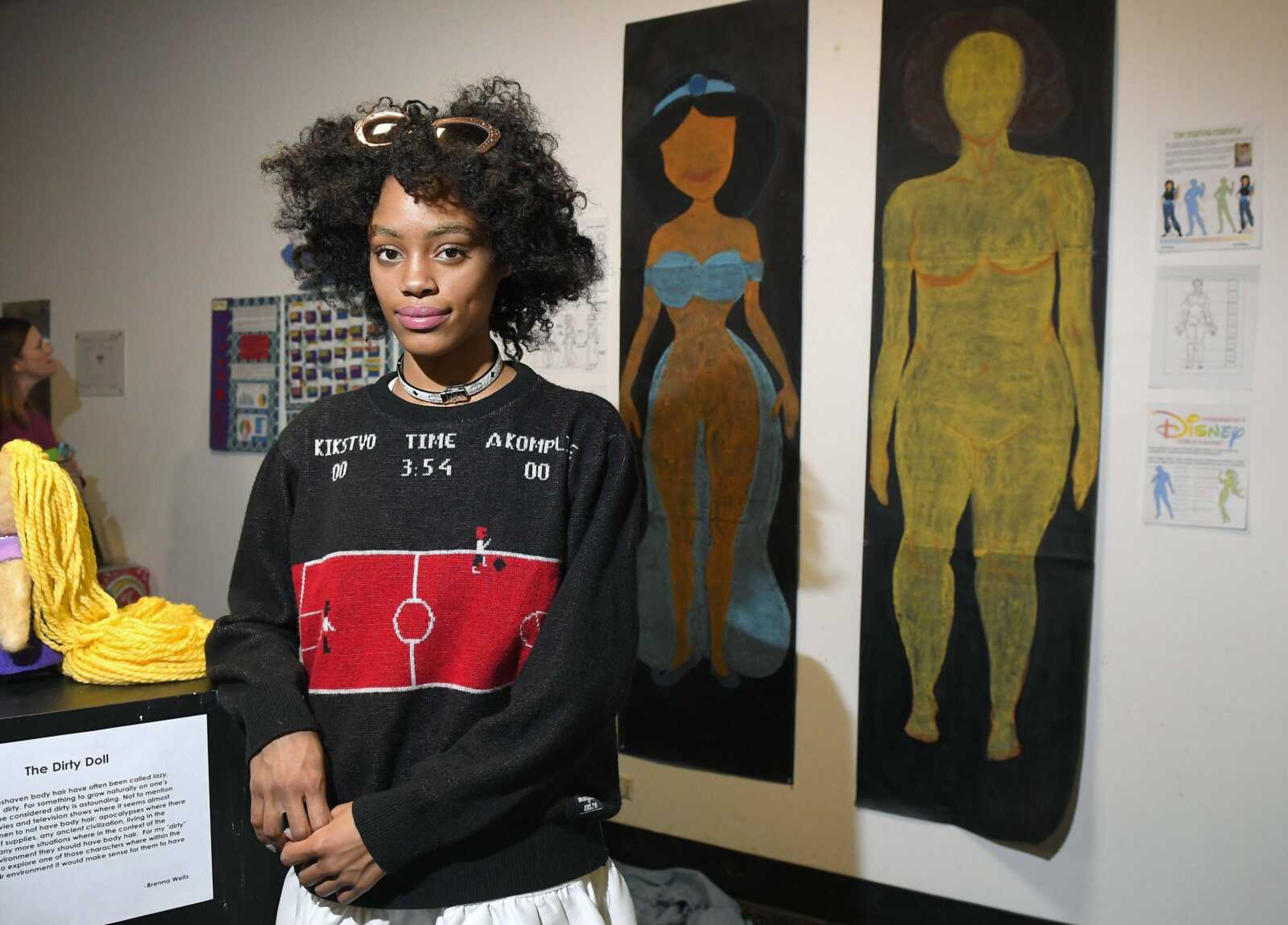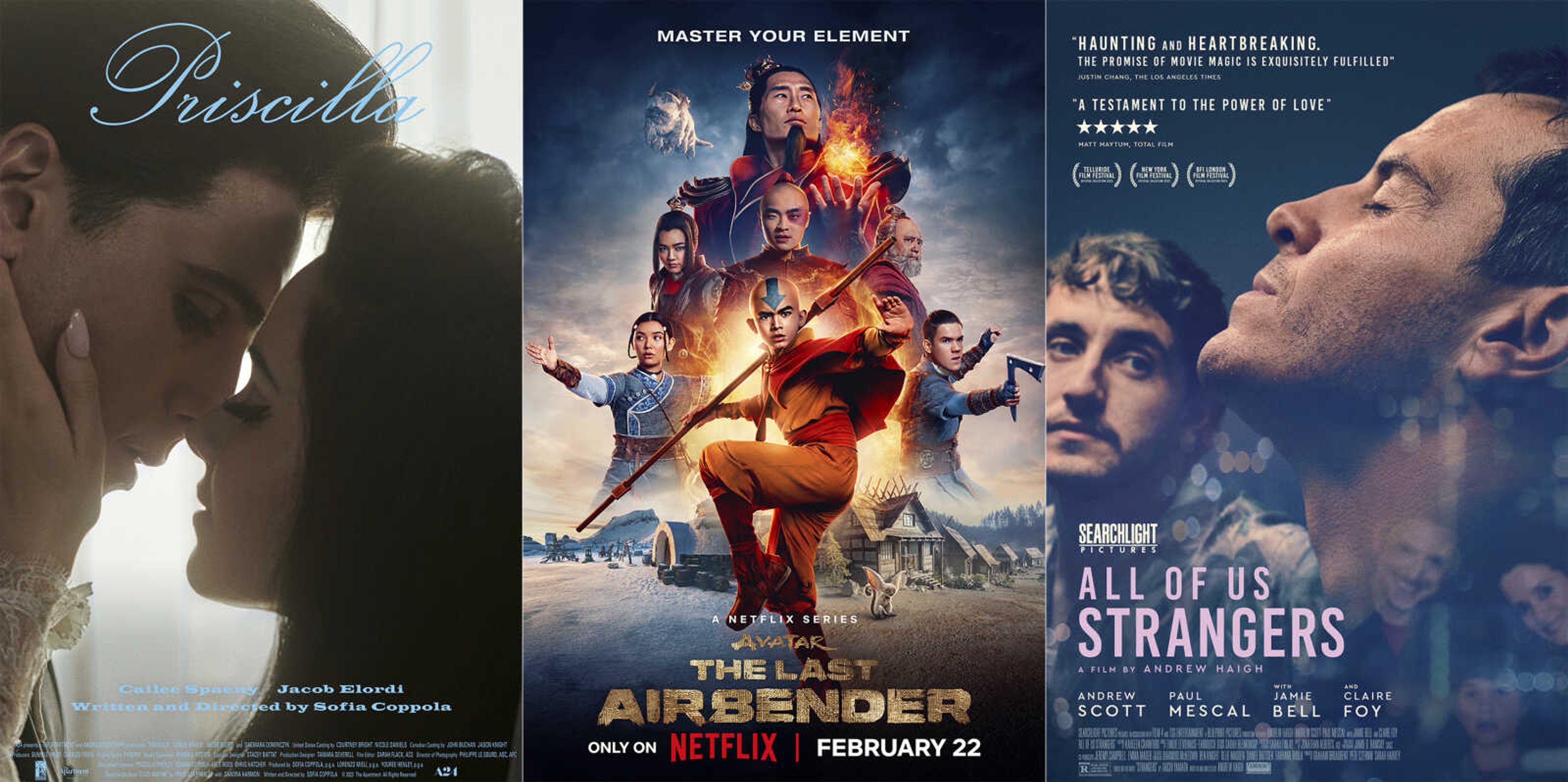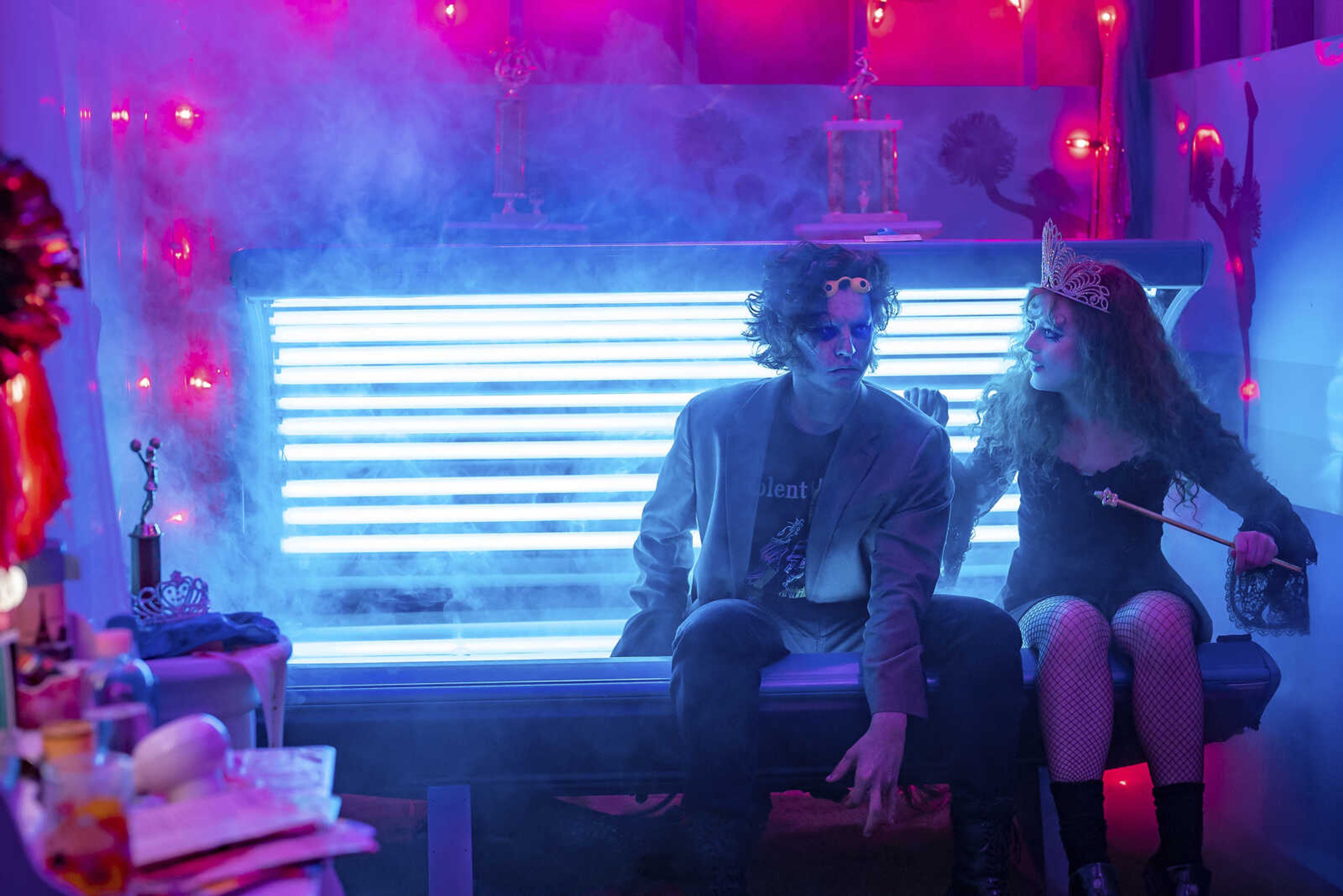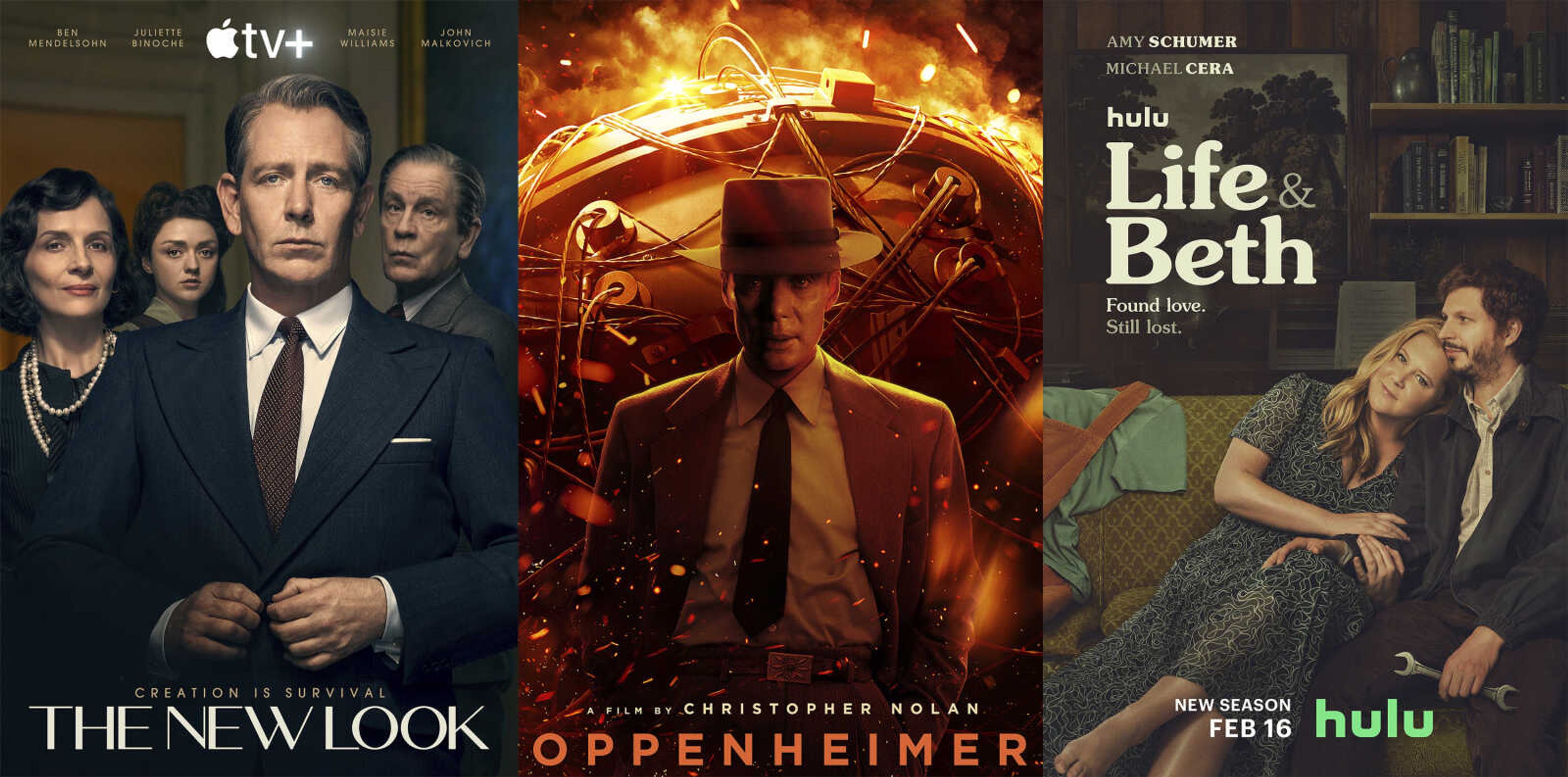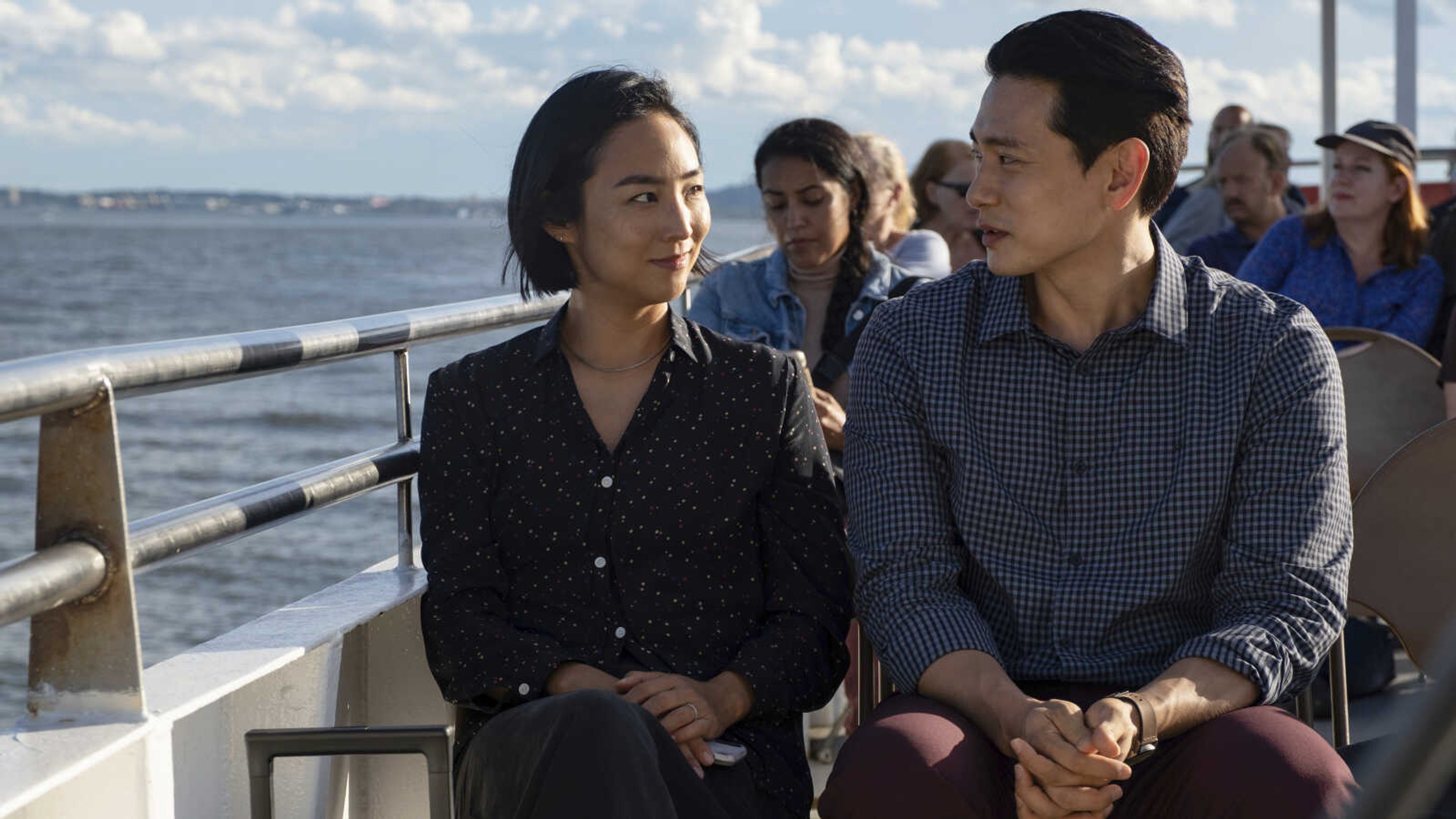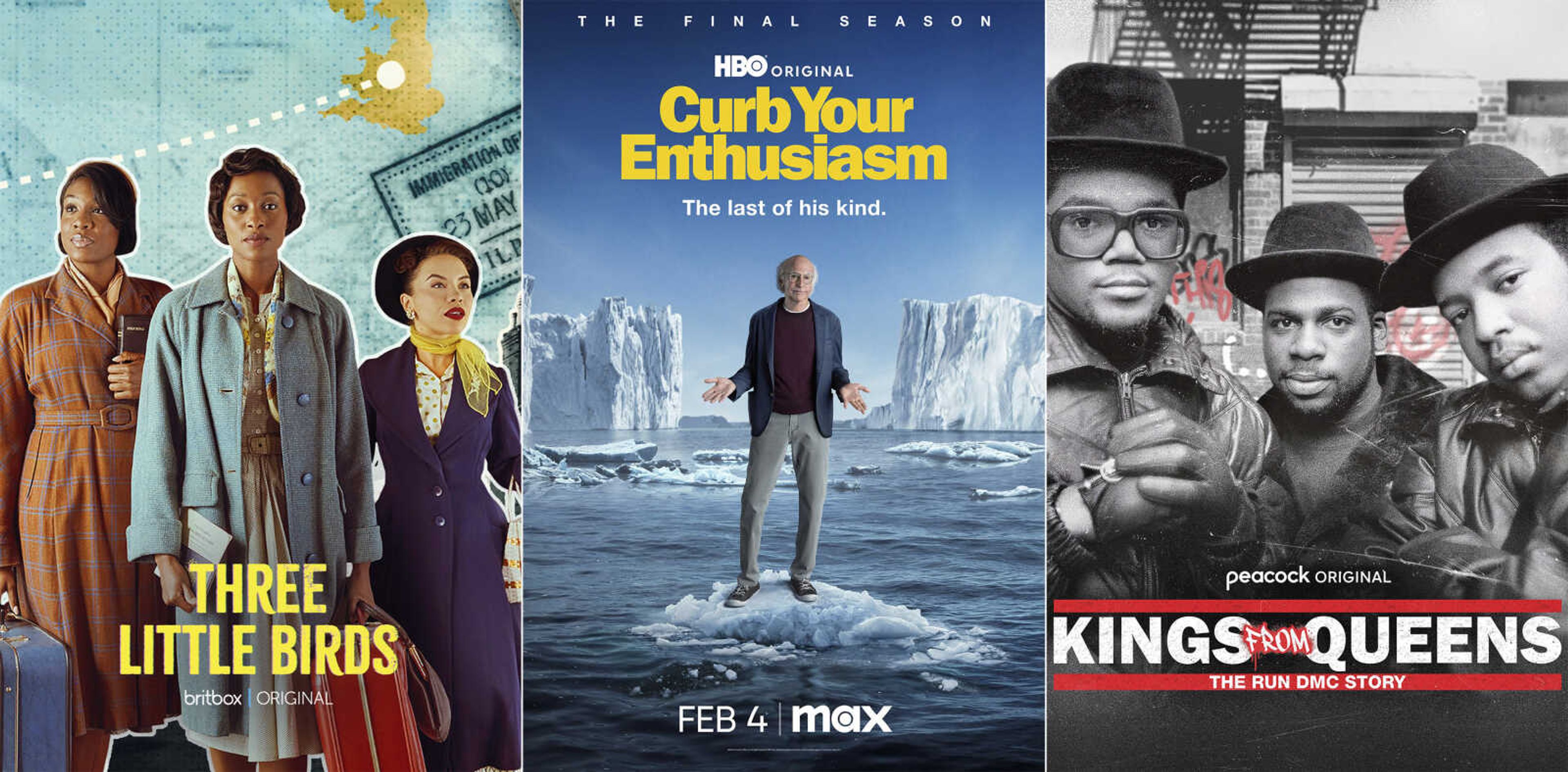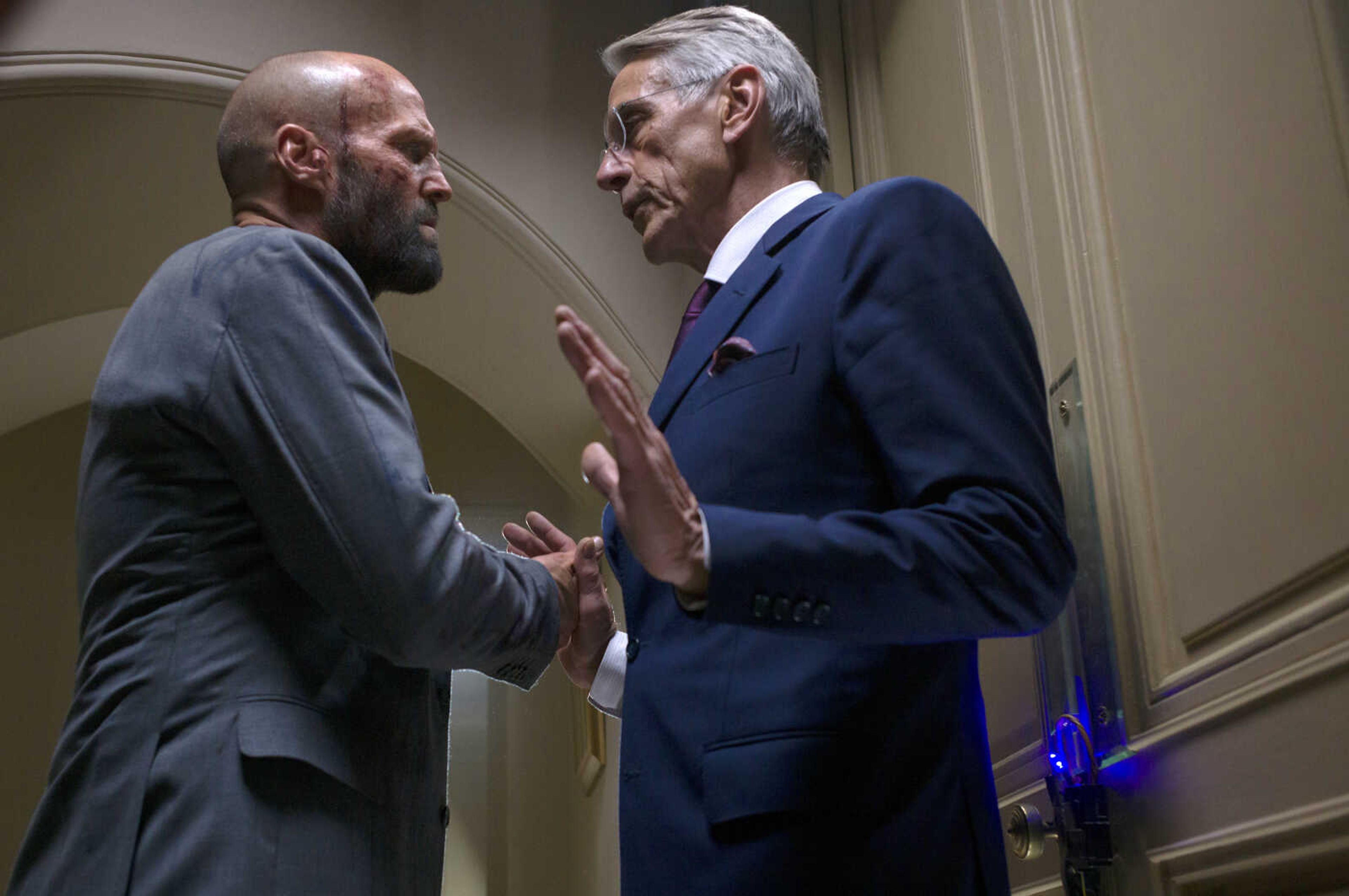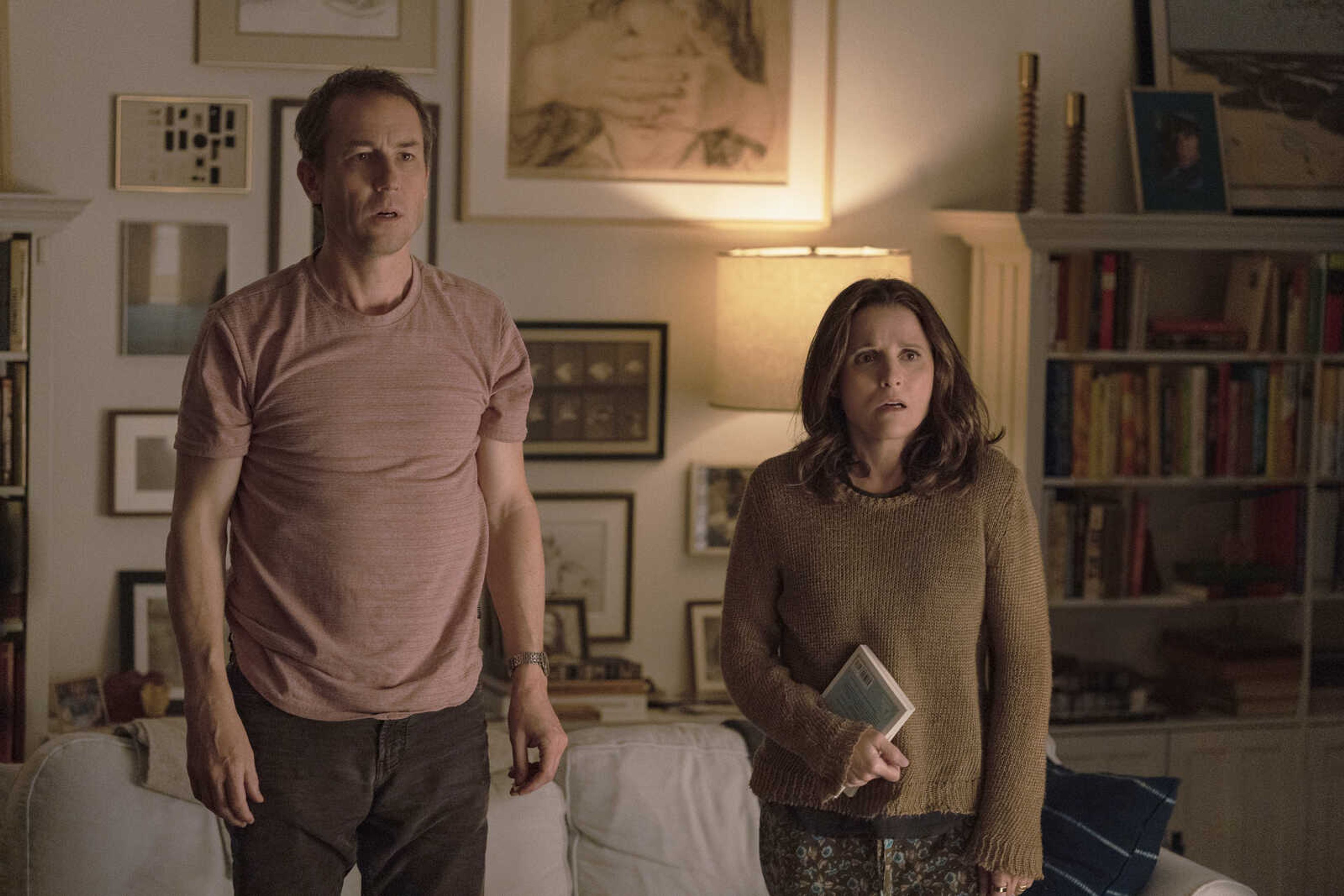No more nerds, sex bombs: Female animators draw away cliches
SANTA CLARITA, Calif. -- The California Institute of the Arts was created partly by Walt Disney's desire to bring more top-flight animators into the profession. And it has during its 47 years, though for a long time, almost all were men. Now, nearly three-quarters of CalArts' more than 250 animation students are women, and there's a new goal: ensure when they land jobs, they get to draw female characters reflective of the real world and not just the nerds, sex bombs, tomboys or ugly villains who proliferate now.. ...
SANTA CLARITA, Calif. -- The California Institute of the Arts was created partly by Walt Disney's desire to bring more top-flight animators into the profession.
And it has during its 47 years, though for a long time, almost all were men.
Now, nearly three-quarters of CalArts' more than 250 animation students are women, and there's a new goal: ensure when they land jobs, they get to draw female characters reflective of the real world and not just the nerds, sex bombs, tomboys or ugly villains who proliferate now.
"Male villains, for example, can be any shape or size. But female villains are usually in their menopausal or postmenopausal phases. They're older; they're single; they're angry," said Erica Larsen-Dockray, who teaches a class on "The Animated Woman" for Cal-Arts' experimental animation program.
"Then you have the innocent princess," she said with a chuckle, "whose waist is so small that if she was actually alive, she wouldn't be able to walk."
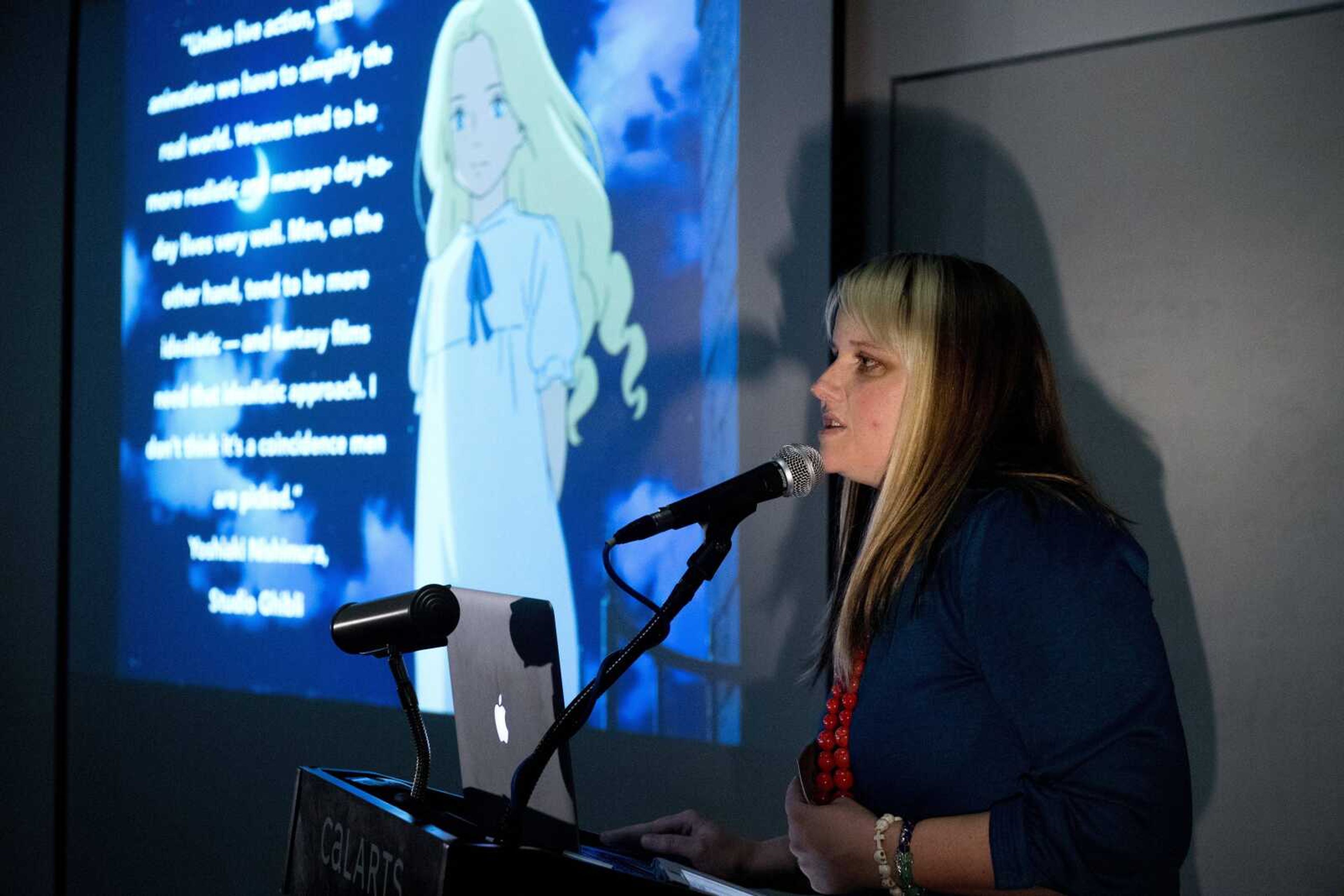
To call attention to that cartoonish reality, CalArts has played host the past two years to "The Animated Woman Symposium on Gender Bias."
This year, it focused on the roles of "Sidekicks, Nerd Girls, Tomboys and More."
During a raucous two-hour symposium, nearly a dozen student researchers who spent months watching cartoons and reading comic books questioned why almost all female sidekicks look like nerds. Also why female heroes such as Kim Possible are over-the-top beautiful. And why there are so few gay, lesbian and transgender characters.
"What are nerd-girl stereotypes? They have glasses, they're shy, they're awkward, they have some freckles going on," said film-video student and artist Madison Stubbs as she flashed drawings of several, including two of the most popular: Velma from "Scooby-Doo" and Meg Griffin of "Family Guy."
"And we have Tootie from 'Fairly OddParents,'" Stubbs said of the long-running Nickelodeon cartoon show's pig-tailed, braces-wearing, bespectacled sidekick. "Basically, she's just in the show to go, 'Oh, Timmy. I want you. Why do you ignore me?'"
Not that all female cartoon sidekicks are unattractive. Velma could be the "hot girl," Stubbs said, if only she would lose those nerdy glasses.
But every time she does, she trips over stuff, walks into things and nearly upends another paranormal investigation by those meddling kids.
Kim Possible, who couples her intellect with martial-arts skills to scuttle nefarious Dr. Drakken's plans to take over the world, has her own problems.
Unable to attract a handsome, smart guy, she ultimately settles for her nerdy male sidekick, Ron Stoppable.
There's a reason for such drawings and scenarios, said Marge Dean, president of the industry group Women in Animation: Men still fill animation's writing rooms and director's chairs.
"Many, many, many women are going to animation schools. At CalArts, it's over 70 percent. But yet if you start looking at women in creative roles, the last number we have is only 22 percent," said Dean, whose organization tracks figures through schools and industry groups.
In an effort to boost those numbers, CalArts faculty invites studio representatives to campus for events such as portfolio days and maintains a close relationship with groups like Dean's, which is pushing the studios to have a creative workforce of half women and half men by 2025.
CalArts, with a student enrollment of nearly 1,500, offers graduate and undergraduate degrees in such fields as animation, art, music, film, acting, photography and others.
The small school situated amid picturesque rolling hills some 30 miles north of Los Angeles has produced many of the entertainment industry's leading creative figures, including director Tim Burton and Oscar-winning animator and Disney-Pixar executive John Lasseter.
Connect with the Southeast Missourian Newsroom:
For corrections to this story or other insights for the editor, click here. To submit a letter to the editor, click here. To learn about the Southeast Missourian’s AI Policy, click here.
